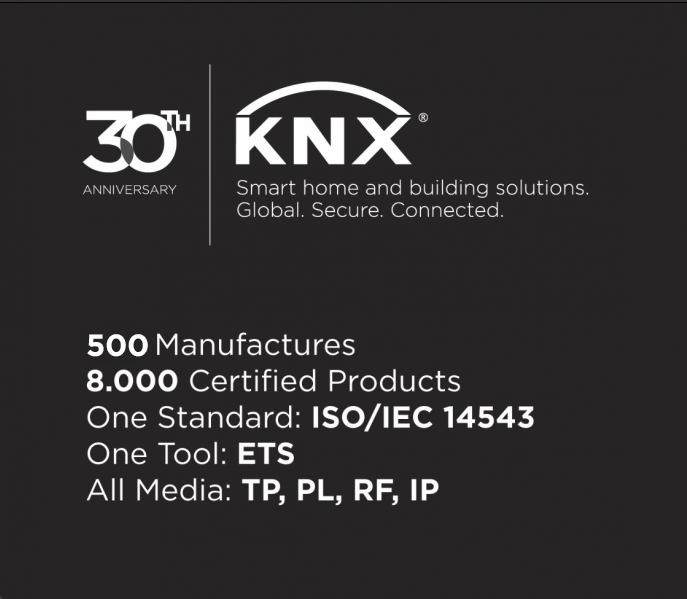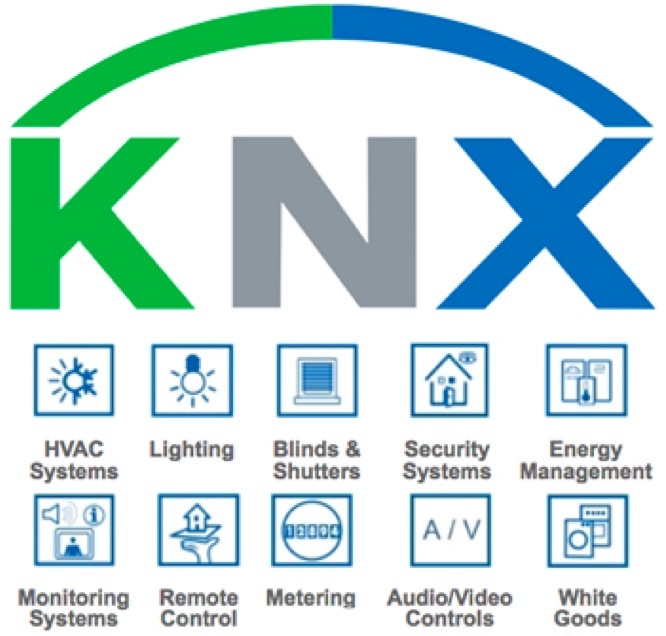
What is KNX ?
KNX, originating as EIB (European Installation Bus) in the early 1990s and subsequently merging with EHS and BatiBUS, has evolved into a global standard for building automation and home control systems. Operating as an open protocol, it enables communication among various devices and systems within buildings, including lighting, heating, ventilation, security, audiovisual equipment, and much more.

KNX Brief Introduction
The desire for comfort and flexibility in managing heating, lighting, and access control systems is growing, whether it’s for a family home or an office complex. Simultaneously, the need for energy efficiency is on the rise. People seek comfortable, sustainable, and secure living and working spaces, and automation meets these needs.
Yet, achieving greater convenience, safety, and energy efficiency requires intelligent control and monitoring of all involved products. This poses a challenge, as it entails extensive wiring from sensors and actuators to control and monitoring centers. For professionals, this means increased design and installation efforts, heightened fire risk, and higher costs. This is where KNX comes in!
The advantages of KNX:
- Future-proof technology
- Infinite flexibility and customization
- A secure system
- Time-saving and straightforward installation
- An integrated and forward-looking solution
- Access to an international community
Getting Started
Explore the extensive training options provided by KNX to master the intricacies of our ETS software. Through our comprehensive education program, you’ll gain the knowledge and skills necessary to effortlessly design automation projects with KNX. Reach out to us for a complimentary consultation on home technology.

Applications
KNX solutions are applicable to an extensive array of building control and automation needs across various market segments, encompassing commercial and industrial settings. Renowned for its flexibility, the system often serves multiple purposes within a single project. These applications include:
- Lighting Control
- Audio-Visual Control and Interfacing
- Facade – blinds, solar control, windows, natural ventilation
- Touch Screen and Visualisation Interfaces
- Heating Ventilation & Air Conditioning (HVAC)
- IP Connectivity & Remote Access
- Energy Metering and Management
- Security & Monitoring


